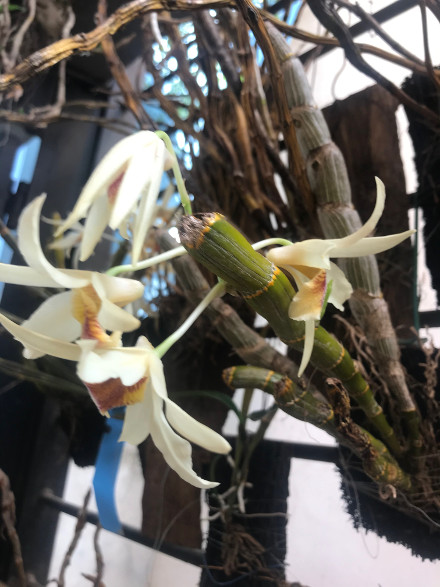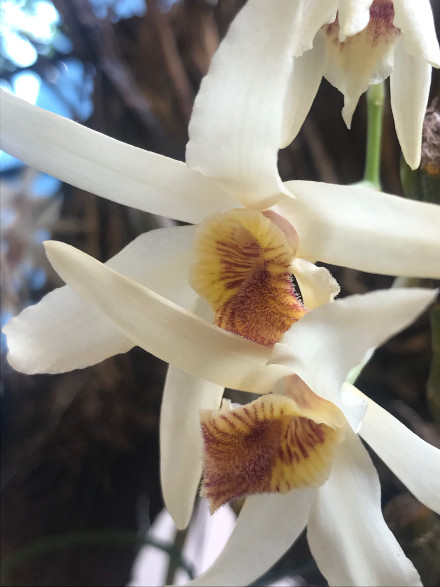Orchid Care for the month of January |
|
| Orchid Care for this month (January).
1) Most of the deciduous orchids Orchids are still in their dormancy. its possibly the best time to review your collection and identify a. Plants that need repotting 2) Review the collection for pests (checking underside of the leaves/root zone would help). 3) Some of the Oncidiums, Cymbidiums, Paphiopedilum would start spiking, stake the spikes so that they present themselves well. Some of the Paphiopedilums would be in spike. avoid watering the leaves and pouch. Anticipating each of the orchid opening can be very satisfying experience for a grower. 4) Many deciduous species (Catasetum, Lycaste, Dendrobiums) would be loosing/lost their leaves at an alarming rate and pseudobulbs shrivel a bit but nothing to worry. Keep them dry and winter shedding is normal behavior and helps them bloom. 5) Supplement Magnesium sulphate and micronutrients to ensure that plants get at least 1 dose of Magnesium and micronutrients during this month 6) Keep a couple of bottles of hydrogen peroxide handy for any quick bandaid treatments for bacterial and surface treatments of fungal infections. 7) Remove dried leaves/sheath during this time as dried material absorbs more water and invite fungal and bacterial infections. Keeping the grow area clean would help. 8) Cooler weather is also a season for fungal infections to take down plants that are not in good health, trim dead leaves, roots of Vandas and give them a dose of systemic fungicide would help cater to infections in cooler weather. |
Species of the Month |
|
 Dendrobium heterocarpum Wall. ex Lindl. |
 Dendrobium heterocarpum Wall. ex Lindl. |
| Dendrobium heterocarpum – The Different Fruit Dendrobium
Distribution: Found from the Himalayas, Myanmar, Thailand, Laos, Vietnam, parts of Indonesia and the Philippines in evergreen lowland forests and primary montane forests as a small to medium sized, hot to cool growing epiphyte at elevations of 100 to 1800 meters Pictures and Article: Sriram Kumar |
|